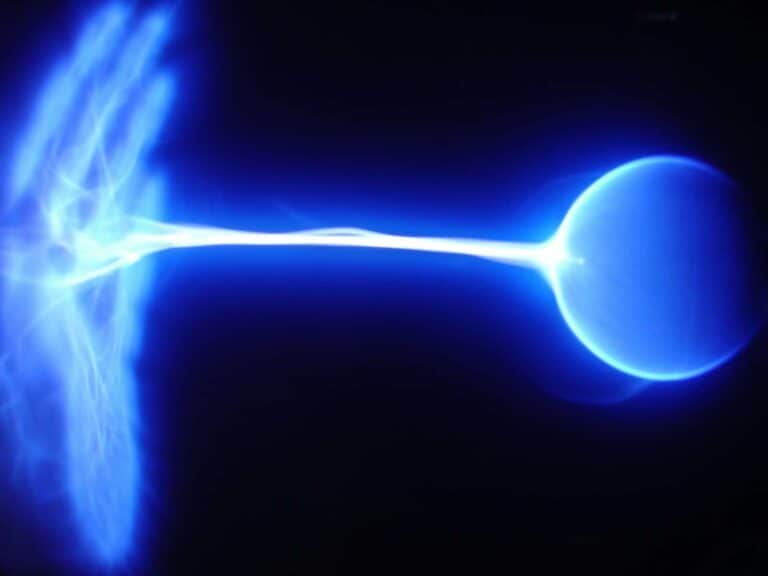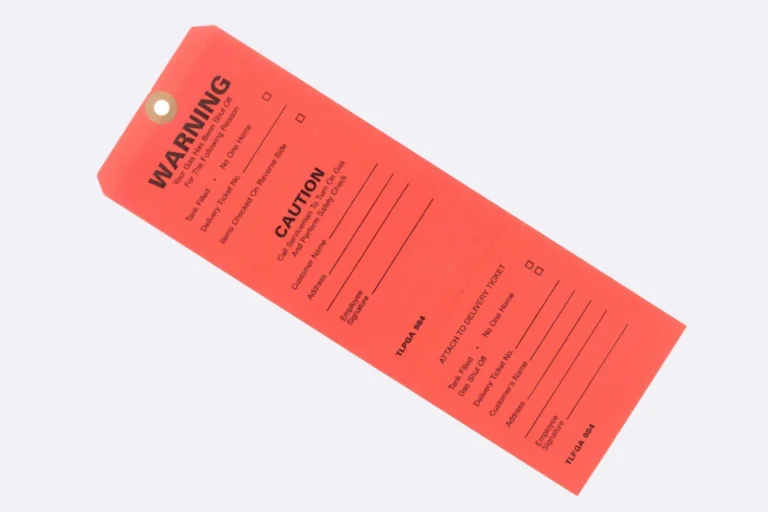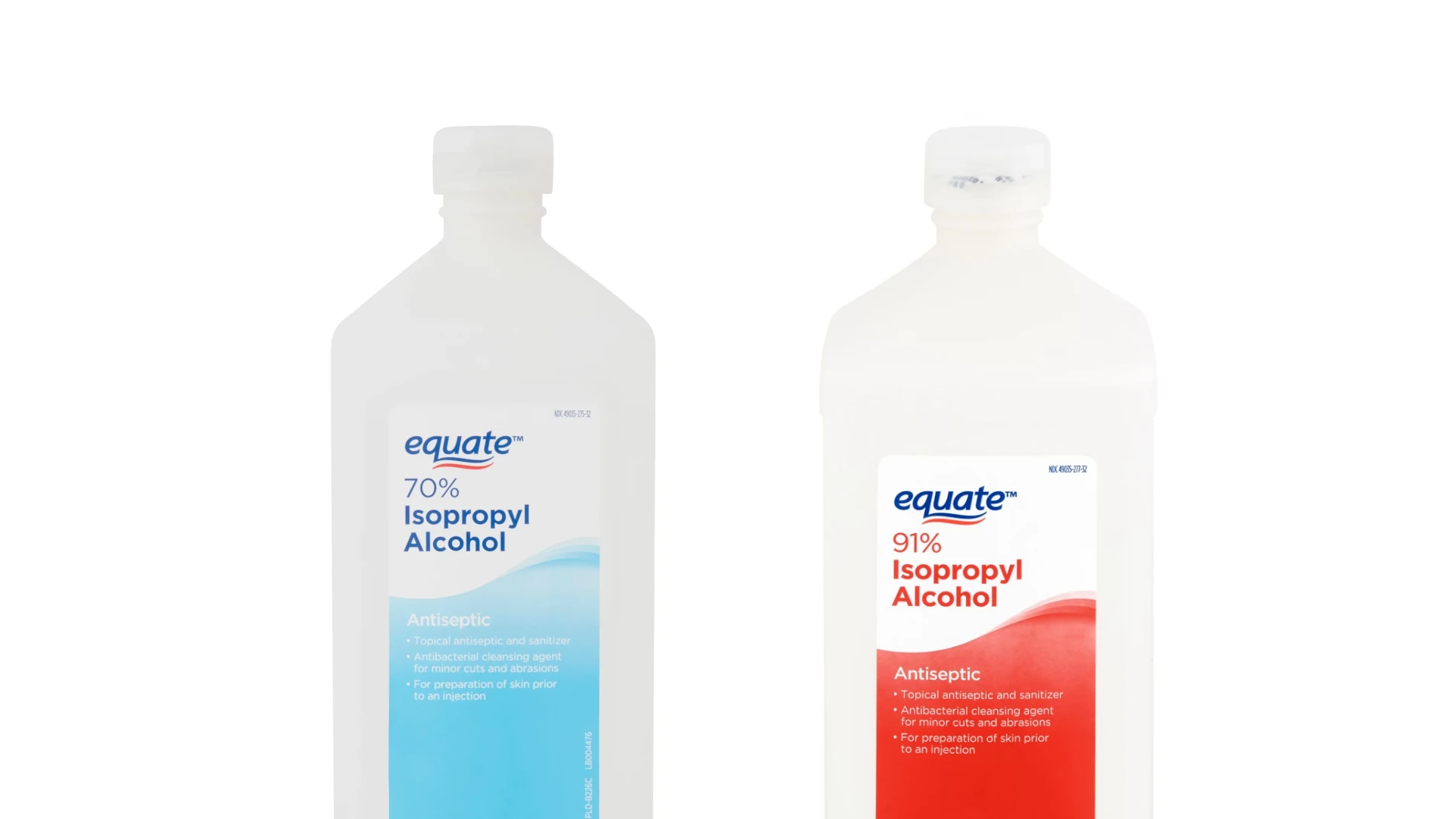
When you clean or disinfect surfaces (especially electronics) you might use and need to know how long it takes for isopropyl alcohol to dry up and evaporate. The good news is that it typically dries quickly, but how long does it take to evaporate?
Several factors, like temperature, humidity, and airflow, affect how quickly isopropyl alcohol changes from a liquid to a gas. Under optimal conditions, it can evaporate in a matter of seconds, but in most real-life scenarios the actual time can vary. Room temperature, alcohol concentration, and surface area can all affect the evaporation process.
Isopropyl alcohol with a high concentration (>90%) can typically evaporate in under 1 minute, which is why it’s considered ideal for things like cell phone repair or electronics cleaning. Because it evaporates so quickly there’s no lingering moisture and you can continue with your repair almost immediately. Lower concentrations evaporate quickly too, but a bit slower than high concentration formulas.
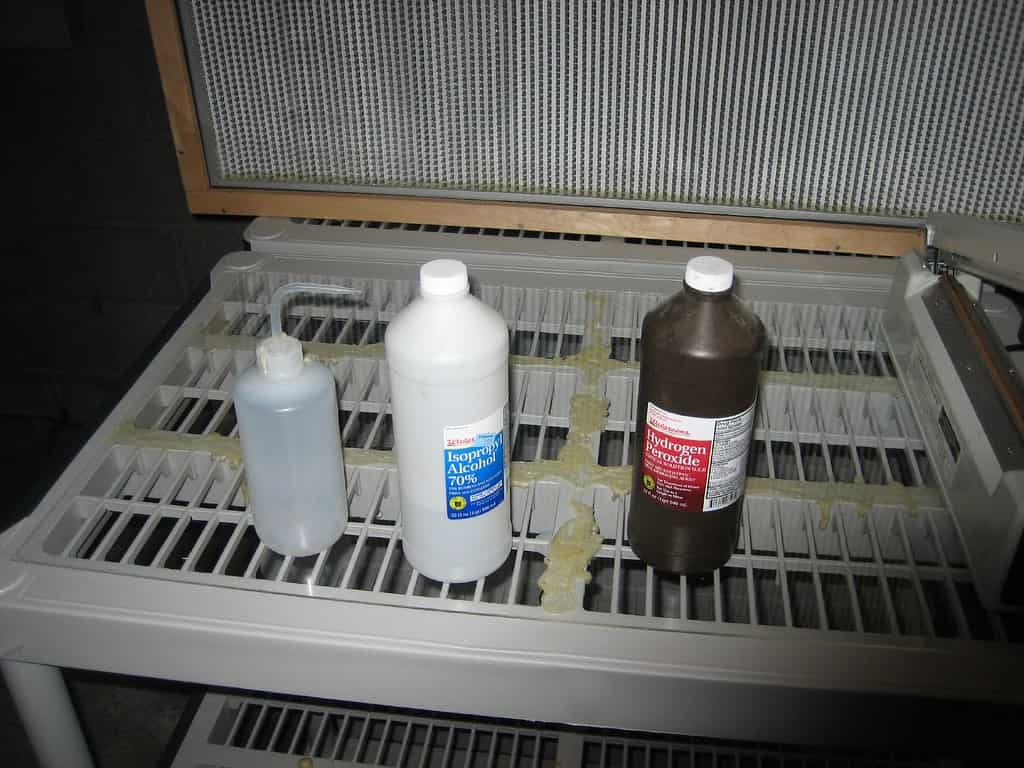
Evaporation Time of Isopropyl Alcohol
| Surface | Time for Isopropyl Alcohol to Evaporate | Notes |
|---|---|---|
| Open container | < 1 minute | Evaporation is fastest due to maximum surface area exposed |
| Non-porous surface (e.g., metal, glass) | 1-5 minutes | Evaporation is relatively quick due to minimal absorption |
| Porous surface (e.g., cloth, paper) | 5-10 minutes | Evaporation is slower as some alcohol gets absorbed |
| Larger volume of liquid | Longer time | More molecules take time to evaporate |
| High humidity environment | Longer time | Water vapor in the air competes with alcohol for space, slowing evaporation |
| Low air circulation | Longer time | Slower movement of air allows already evaporated alcohol molecules to linger near the surface, hindering further evaporation |
Important Notes:
- These are approximate times and can vary depending on the specific factors mentioned above.
- Isopropyl alcohol is flammable and should be used with caution.
- Always follow the manufacturer’s instructions when using isopropyl alcohol.
What Impacts Isopropyl Alcohol Evaporation?
- Concentration: Higher concentrations (like 91% or 99%) evaporate faster than lower ones (like 70%) due to the higher percentage of pure alcohol.
- Surface Area: A thin layer of isopropyl alcohol spread out will evaporate much faster than a concentrated puddle.
- Temperature: Warmer environments significantly increase the evaporation rate.
- Airflow: Good ventilation and airflow speed up the process.
Approximate Evaporation Timelines
Here’s a corrected table outlining general evaporation times for isopropyl alcohol at average room temperature:
| Concentration | Amount | Average Evaporation Time |
|---|---|---|
| 91% or 99% | Small Drops | Seconds to a few minutes |
| 91% or 99% | Thin layer | Less than 1 Minute |
| 70% | Small Drops | Several minutes |
| 70% | Thin layer | 10-20 minutes |
Key Takeaways
- Isopropyl Alcohol Evaporation Rate: The evaporation rate of isopropyl alcohol is influenced by multiple factors including air flow, temperature, humidity, the amount used, and the surface type, facilitating quicker drying in warmer, less humid environments with good airflow and on non-porous surfaces.
- Temperature’s Impact: Heat significantly accelerates the evaporation of isopropyl alcohol by boosting the energy of the molecules, making it evaporate faster especially in warm environments, which is beneficial for quick drying needs but should be monitored to avoid damage to sensitive items.
- Crucial Role of Airflow: Air movement enhances the evaporation process by removing the vapor barrier above the surface, hence, environments with good airflow can drastically decrease drying times, a factor that’s especially important in controlled environments like laboratories.
- Quantity Matters: The amount of isopropyl alcohol used directly affects its drying time; thinner layers or smaller volumes evaporate much quicker than larger volumes due to less alcohol needing to evaporate and greater surface area exposure.
- Accurate Evaporation Estimation: Scientists employ precise methods, such as tracking the change in droplet thickness over time and using computer algorithms, to accurately estimate the evaporation rate of isopropyl alcohol, emphasizing the importance of scientific methods in determining drying times for practical applications.
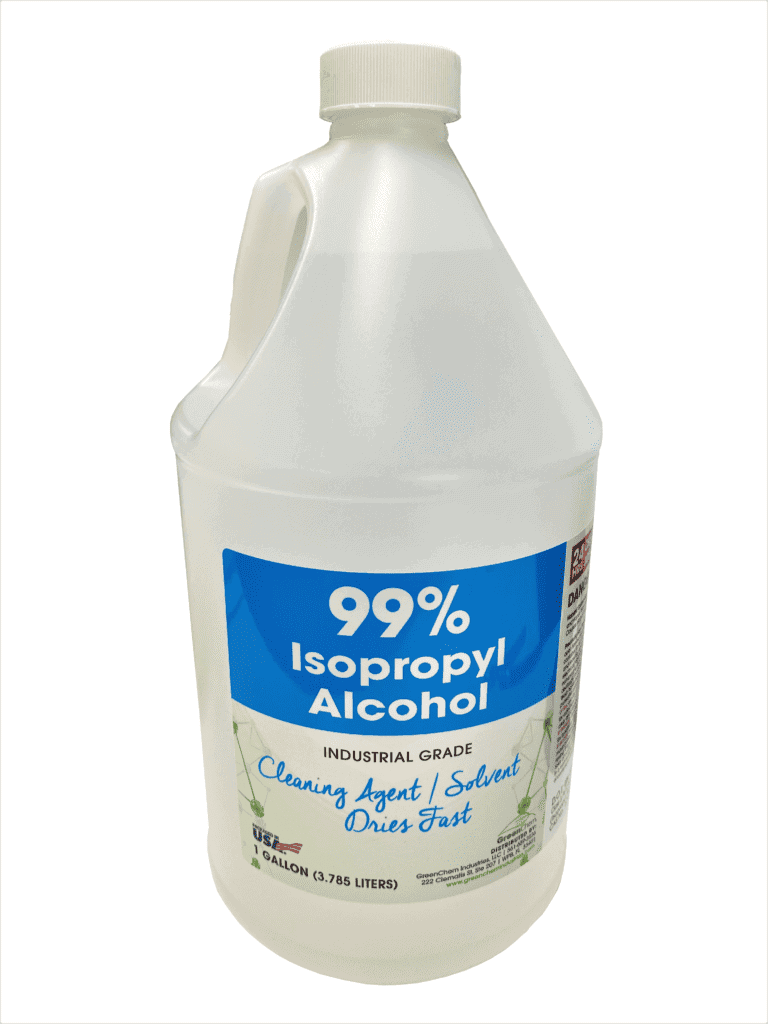
Factors Affecting Evaporation Time of Isopropyl Alcohol
When it comes to isopropyl alcohol drying up, several key factors play a role in how fast it happens. Understanding these elements can help manage expectations for various uses, from cleaning electronics to sanitizing surfaces.
Temperature
The temperature in the room / surrounding area is a big player. Warmer environments speed up evaporation. Isopropyl alcohol in a hot room will vanish quicker than in a cooler space. It’s simple; heat boosts the energy of the alcohol molecules, making them escape into the air faster.
Airflow
How much airflow there is (or isn’t) is another crucial factor. A gentle breeze or even a fan can greatly decrease drying time. The moving air whisks away the evaporated alcohol, preventing saturation around the liquid and allowing more alcohol to evaporate in the same period.
Amount
The amount of alcohol also matters in terms of evaporation. A thin layer will disappear faster than a puddle. It’s because there’s less alcohol that needs to evaporate, and the surface area exposed to air is larger in relation to the volume.
Humidity
Humidity plays its part as well. In humid conditions, the air is already heavy with water vapor, leaving less room for alcohol vapors. Consequently, isopropyl alcohol evaporates more slowly in moist air than in dry conditions.
Surface Type
Finally, the surface type on which isopropyl alcohol is applied can affect the evaporation rate. Some materials absorb alcohol, slowing down its evaporation. Meanwhile, non-porous surfaces provide no such hindrance, allowing for quicker drying.
Each of these factors doesn’t just work alone but interacts with others, creating a complex web that determines the exact drying time of isopropyl alcohol in any given situation.
Frequently Asked Questions
How do scientists estimate the evaporation time of isopropyl alcohol?
By shining light through droplets and analyzing patterns created. They measure droplet thickness changes, around 170 nanometers, and consider droplet size, which affects the evaporation speed.
Does the size of the droplet affect isopropyl alcohol’s evaporation speed?
Yes, smaller droplets dry faster because they have less material to evaporate, making the process quicker compared to larger droplets.
What techniques do researchers use to track isopropyl alcohol evaporation?
Researchers shine light through droplets to observe evaporation patterns and use advanced computer codes to analyze the data, considering factors like droplet shape and potential errors.
Why is understanding the evaporation time of isopropyl alcohol important?
It helps improve cleanliness in laboratories and factories by optimizing the usage of isopropyl alcohol for time and resource efficiency, considering variables like temperature and air movement.
Can environmental factors affect the evaporation time of isopropyl alcohol?
Yes, variables like temperature and air movement significantly affect the evaporation time by either speeding up or slowing down the process.


